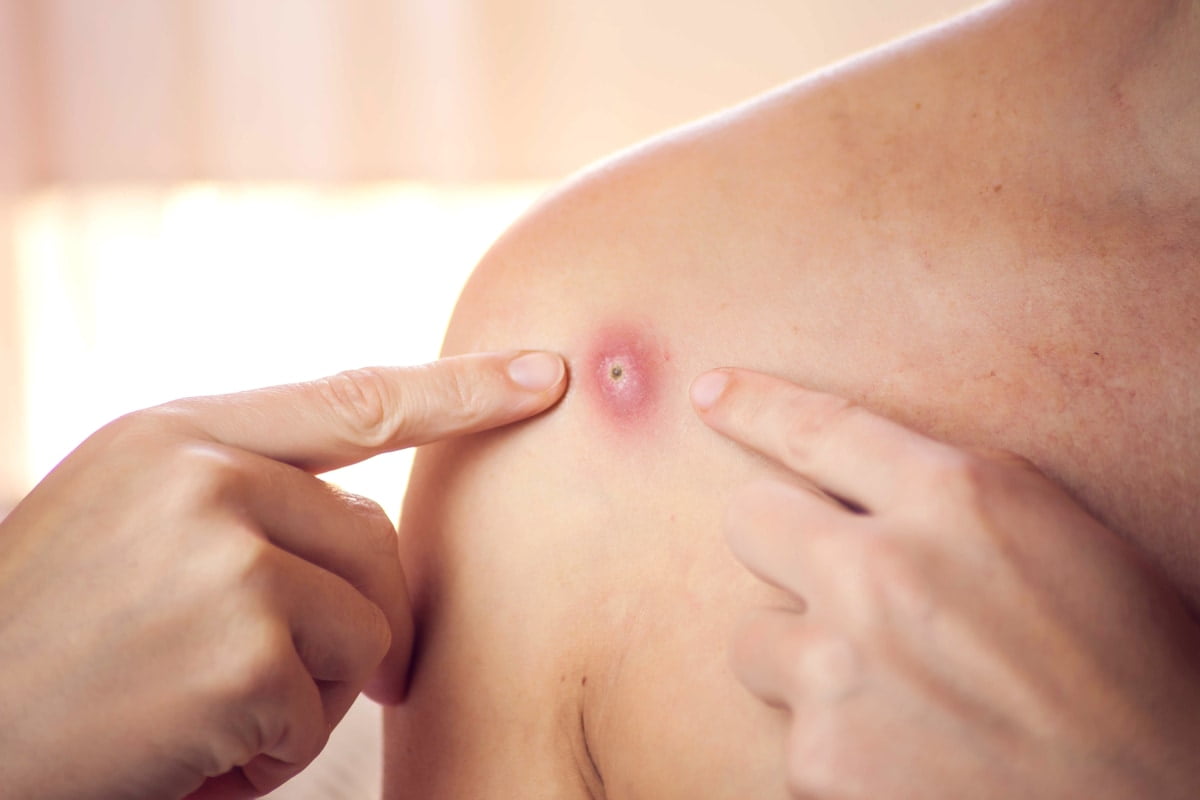There has been an outbreak of monkeypox across Western Europe and beyond in recent weeks, and as the number of cases rises, so do questions surrounding the disease.
What is its origin? How widespread has it become? Is there a way to treat it? You will find out all you need to know about the virus.
What Causes Monkeypox?
It can be contracted in several ways, but the disease is generally spread when the virus is able to enter the body either through inhalation, eye, nose, or mouth openings or just through broken skin.
For this reason, animal lovers must be cautious when they are near certain kinds of animals.
It is believed that the virus is spread to humans by inhaling large respiratory droplets. Human-to-human transmission is therefore rather rare.
A monkey is thought to be the biggest animal risk for monkeypox spread. Although the disease is called monkeypox, the disease is not carried by monkeys.
Several animals, including African rodents, carry the virus. These rodents in Africa are considered to be the primary reservoir, according to many experts.
Monkeypox was first detected in the US in 2003 when over 70 people were infected. An outbreak of monkeypox was linked to a shipment of rodents into the US from Ghana. The Centers for Disease Control and Prevention (CDC) reported that these animals infected prairie dogs before signs of infection became evident.
Why Did Monkeypox Become So Prevalent?
Not at all. The problem is that it has been happening for a long time, just not in Europe, the US, or Israel.
Generally, monkeypox is found in central and west Africa, close to rainforests, according to the World Health Organization (WHO).
There are actually two distinct genetic clades of the virus, one belonging to the Congo region and one to West Africa. It is thought that the former is more dangerous, but to this day, only Cameroon is known to be home to both clades.
Although the virus is typically confined to Africa, it has been seen abroad several times. According to the WHO, travellers from Nigeria brought the disease into Israel in September 2018.
The number of cases has been on the rise for some time now, and lack of vaccination is a major cause of this.
Do Monkeypox Vaccines Exist?
Technically, yes. However, there are no vaccines developed specifically for monkeypox. Smallpox vaccines are the most effective preventative measure for monkeypox.
But What Is Smallpox, Exactly?
Historically, smallpox has been an infamous disease. Since prehistoric times, it has ravaged humanity for thousands of years, influencing the course of human history and causing enormous amounts of death until it was declared eradicated in 1980.
As a result of the disease, vaccinations were developed and that changed the course of medicine forever.
Vaccination against monkeypox is usually accomplished with the smallpox vaccine because the diseases are similar. One vaccine, Jynneos (also called Imvamune or Imvanex), has been approved in the US to prevent monkeypox. The CDC reports that it is 85% effective against both diseases.
This is the problematic part.
There has been no further vaccination against smallpox since smallpox was declared eradicated. This has led to an increase in monkeypox cases, and the general public does not have access to smallpox vaccines, so the situation could worsen.
Why Has There Been An Outbreak Of Monkeypox In 2022?
A British resident apparently first encountered it after returning from Nigeria. After that, it began to spread further. It has now been observed in countries throughout the world, but the majority of them are in western Europe.
Can Monkeypox Become A Gay Disease?
The BBC reported that UK Health Security Agency’s (UKHSA) Dr. Susan Hopkins said that a significant amount of recent cases have involved gay and bisexual men in the UK and Europe.
Since monkeypox is spreading between sexual partners and is possible to be transmitted by sexual intercourse, it is possible that monkeypox has become a sexually transmitted infection (STI). Most experts, however, disagree with all of this.
What Are The Symptoms Of Monkeypox?
Like smallpox, monkeypox can cause blisters and rashes, as well as skin lesions. It can also cause flu-like symptoms.
Flu-like symptoms often appear first, like fatigue, back pain, muscle aches, severe headaches, and swelling of the lymph nodes – which the WHO notes is characteristic of monkeypox.
After the initial invasion period ends, skin eruptions appear 1-3 days after the fever has ended. It usually affects the face, but may also appear on the palms of the hands, the soles of the feet, the eyes, and the genital area.
At What Rate Does Monkeypox Kill?
Monkeypox can have a mortality rate of 10% in the worst cases.
This outbreak of monkeypox, however, is of the West African clade, which is much milder. It is likely that the fatality rate is under 1%, although those with preexisting conditions or who are immunocompromised may be at higher risk. Additionally, children who have severe cases and a higher fatality rate are also at higher risk.
What Is The Treatment For Monkeypox?
No treatment is available now. Symptomatic treatment is the recommended method of treating monkeypox.
What Is The Duration Of The Monkeypox Illness?
The illness usually lasts for 2-4 weeks.



